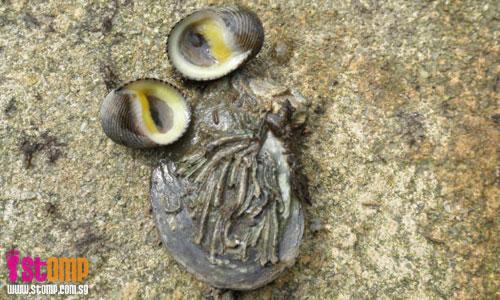
A STOMPer shares his knowledge of these marine creatures which he came across when he was at Sungei Buloh Nature Park.
In an email to STOMP, Marine Biologist says:
"These pictures were taken at the shore of Sungei Buloh Nature Park.
"The mangrove swamp is a place teeming with small marine animals of various shapes and sizes.
"The common nerite (Nerita lineata) is a mangrove snail and it grazes on algae at night during low tide.
"Its hard operculum is used for defense purposes.
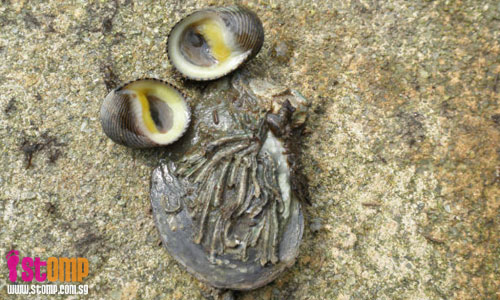
"At low tide, the nerite remains on the tree trunk exposed to the air.
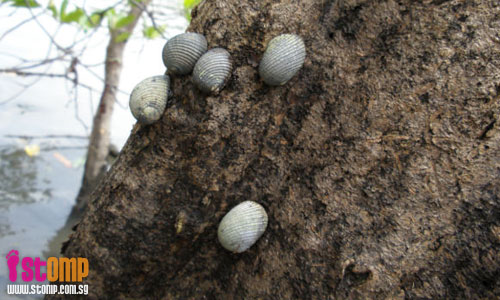
"The signaller crab has orange claws and feeds on worms.
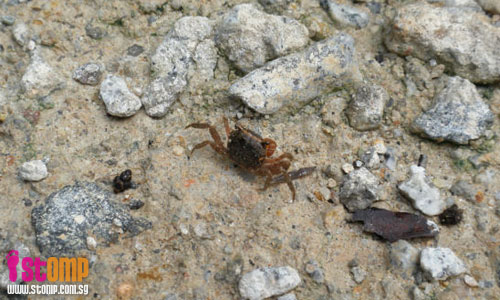
"This common periwinkle is conical in shape and lives on the trunks of mangrove trees, grazing on algae.
"It is well adapted to terrestrial life.
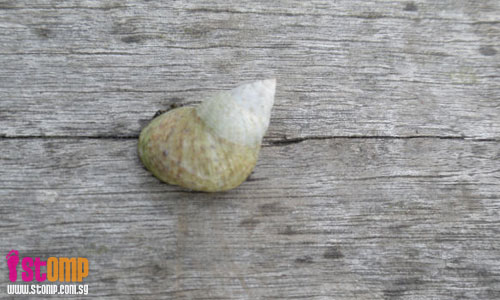
"Barnacles are marine and tend to live in tidal waters.
"They grow on any hard surface immersed in seawater, so they are found everywhere in the intertidal zone.
"They are found on rocks, trees, pillars and boats.
"Barnacles are crustacean-like crabs.
"They are hermaphrodites, each barnacle having both male and female reproductive organs."

I find it mildly annoying that despite the title, the main image for this post doesn't even feature barnacles at all.
The correct name for the lined nerite is a little confusing. For many years, it was known as Nerita lineata, although recently, it appears that Nerita articulata is the proper name. To make matters worse, this species is also commonly known as Nerita balteata.
I believe that the crab in the photo is indeed the orange signaller crab (Metaplax elegans), while the periwinkle is likely to be the black-mouthed mangrove periwinkle ( Littoraria melanostoma).
To be pedantic, barnacles aren't "crustacean-like crabs", which is nonsensical, since crabs are crustaceans in the first place, and besides, barnacles aren't crabs. I'm sure the writer meant to say that they were "crustaceans - like crabs".
And he left out what is in my honest opinion, the most interesting fact about barnacles: they are extraordinarily well hung. A barnacle may possess a penis about 10 times its body length.
I guess this would be a good time to introduce this quirky and yet very educational video on barnacles: